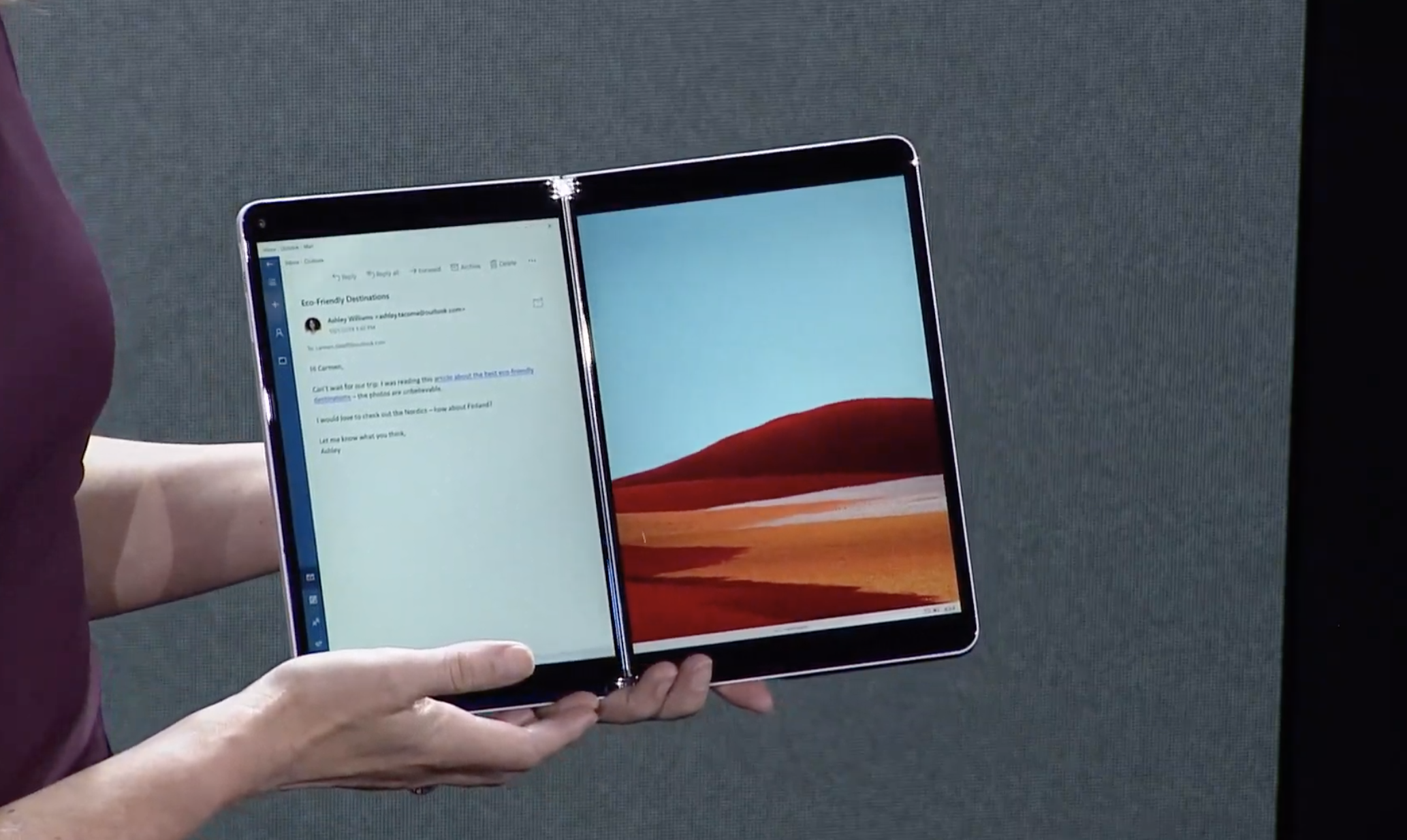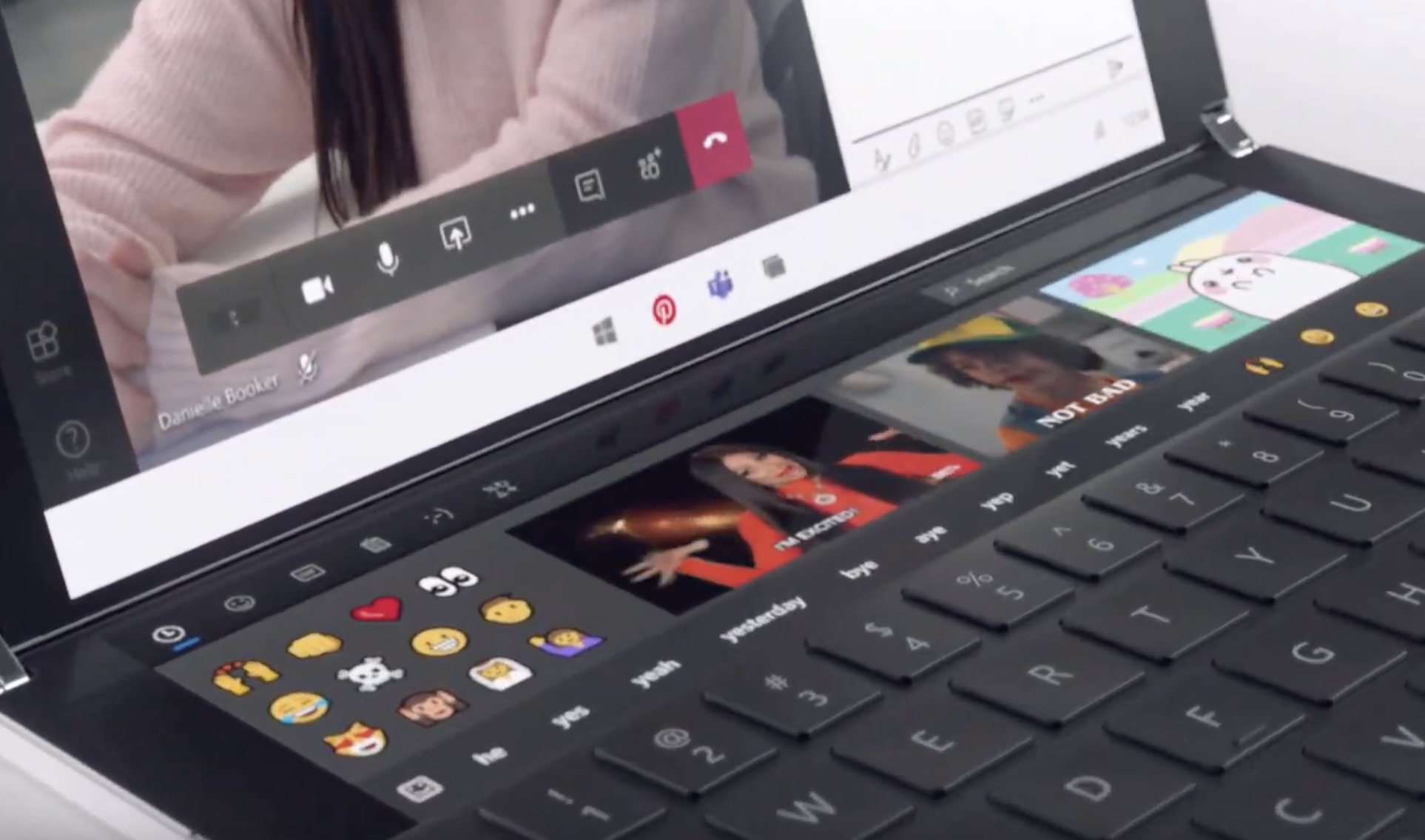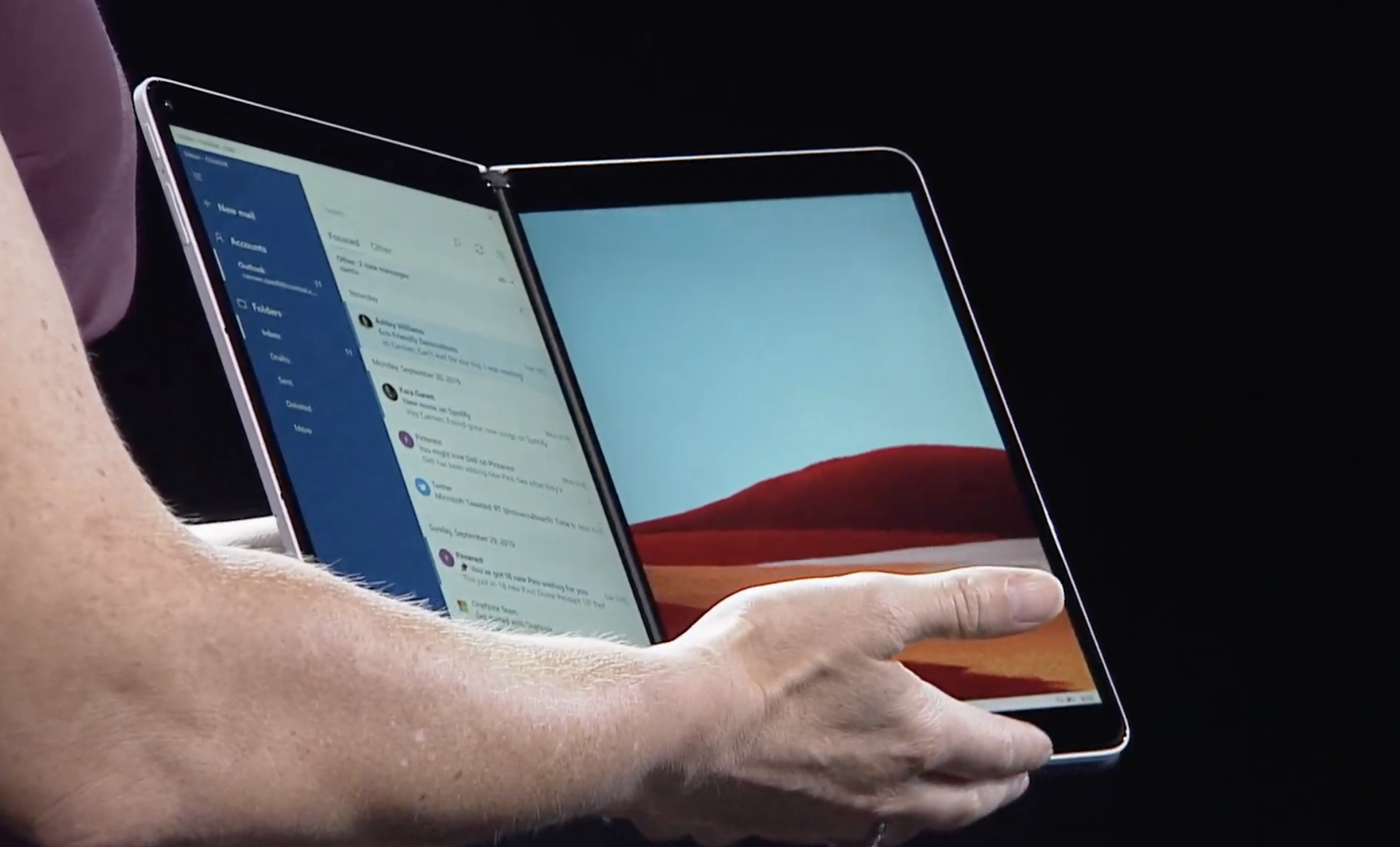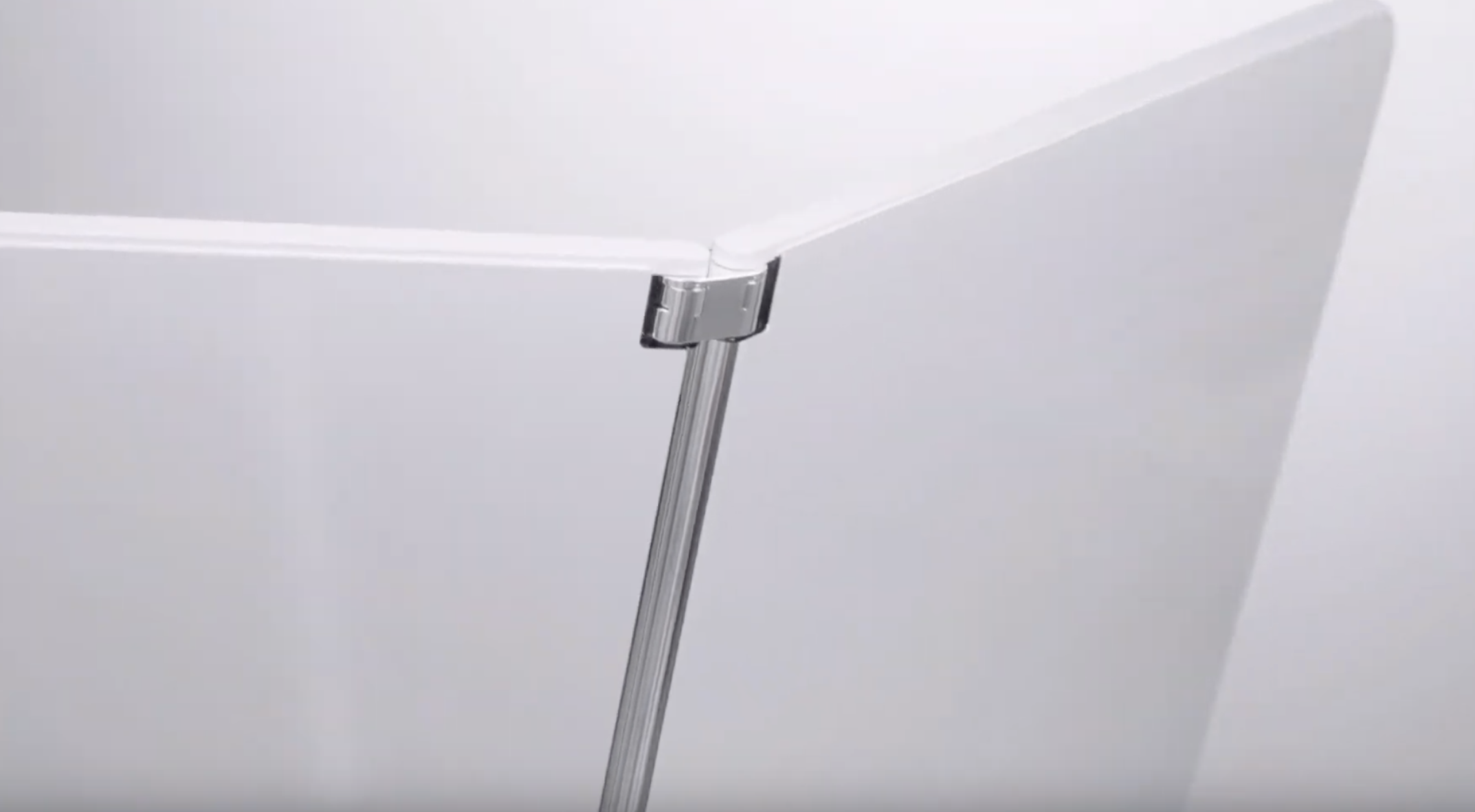Microsoft teases Neo dual-screen Surface, set to debut holiday 2020
Rumored in 2008 and officially canceled two years later, Courier is one of the great "what ifs" of the consumer hardware space. Somewhere out there is an alternative timeline where the dual screen booklet PC preempted the whole two-in-one tablet/PC boom.
In this universe, however, the dual screen PC has been more of a curiosity. A smatter of companies like Lenovo have experimented with the form factor to limited success. At this morning's Surface event in New York City, however, Microsoft finally got around to planting its flag.

The software giant teased a long-rumored dual-screen upcoming Surface device at the event. The good news is that it's real and it's actually coming to market. The bad news is that, after years of anticipation, it's still taking its time. The device isn't slated to arrive until sometime around the holiday season 2020.
Why the long lead time? Simple: the company wanted to head off any additional leaks. Microsoft's being pretty transparent in the fact that it's got a lot of work to do to nail down the specifics of the form factor. It knows that consumers are looking for some sort of miracle device that can offer a larger screen, slimmer footprint and longer battery life and believes that a dual screen product might crack that code.

But much of the next year will require real world testing, and it's essential accepting that a leak a is an inevitability, so it's taking some of the air out of those tires by announcing its intentions on its own terms. It's also announcing that a handful of top manufactures will be creating devices for the new form factor, including HP, Dell, Lenovo and ASUS. As with the tablet category, Microsoft will be competing with them with its own Surface hardware.
The new form factor will require a forked version of Windows 10 - specifically Windows 10 X. Like the tailored versions of the operating systems found on Hololens, Xbox and other Surface products, 10X has the same underlying technologies as standard Windows 10 (including pen and mouse input) with some changes specifically for the new hardware. Here that means a more modular approach to things like the taskbar, which can show up on either or both displays. Microsoft is quick to point out, however, that the version with only exist on these devices.

Expect there to be some variation between pricing on the devices, along with things like screen size. Each company will be taking unique approaches to the category. As Microsoft puts it, it will let the market place vote. In other words, the best implementation will ultimately be determined by consumer purchases.
Based on the brief demo, Microsoft's implementation is actually pretty impressive. While the second screen will almost certainly by awful to type on, there's a flip-up keyboard that overlays on top. The magnetic keyboard can slide up and down as well, with space on the bottom for a trackpad or something akin to a touchbar on the top - er, "Wonderbar."
The keyboard wirelessly charges and connects via bluetooth. As a nice added feature, you can actually pull it off and use it separately from the product. Currently, the product is 5.3mm thin when open, something accomplished, in part, with the creation of some custom silicon.

The screens are both nine inches. Obviously the company hasn't actually introduced a foldable display a la Samsung's device, so there's a small bezel between the two, meaning there's limited flow between the two. There are also fairly large bezels on the top and bottom. Of course, with this product still a year off, there's probably plenty of changes likely to come in the next year and change.
The Matrix name, likely, will change as well. For now, Microsoft's getting the Neo in the hands of developers to help creating customized apps for the two-screen experience.